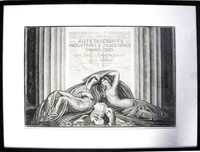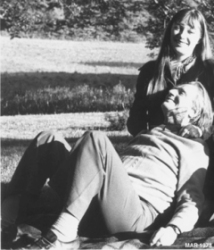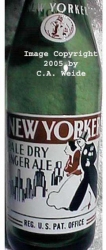
WHILE YOU CAN GO TO THE SHOW AT THE VICTORIA AND ALBERT MUSEUM, YOU CAN PURCHASE A COMPLETE COLLECTION OF POSTERS AND OTHER PRINTED MATTER FROM THE EXHIBITION AT MODERNISM GALLERY! WWW.MODERNISMGALLERY.COM
http://www.modernismgallery.com/search_res.cfm?search_term=1925%20EXHIBI...
http://www.vam.ac.uk/content/articles/a/the-1925-paris-exhibition/
WE FEATURE A COMPLETE COLLECTION OF POSTERS AND OTHER PRINTED MATTER FROM THE EXHIBITION INCLUDING THE AWARD FOR EXHIBITING AT THE EXPOSITION!!!
YOU CAN OWN A PIECE OF THE EXHIBITION, NOT JUST VISIT IT AT THE MUSEUM!!!
Art Deco: The 1925 Paris Exhibition
Colour woodblock poster for the Paris 1925 Exhibition, by Robert Bonfils for Imprimerie Vaugirard, Paris, France, 1925. Museum no. E.1200-1925. © Victoria and Albert Museum, London
Many international exhibitions helped promote Art Deco, but none was more important than the Paris Exhibition of 1925. Officially entitled the Exposition Internationale des Arts Décoratifs et Industriels Modernes, it was dedicated to the display of modern decorative arts. The exhibition brought together thousands of designs from all over Europe and beyond. With over 16 million visitors, it marked the high point of the first phase of Art Deco.
The exhibition was shaped by France's ambitions in the years immediately after World War I (1914–18). Its aim was to establish the pre-eminence of French taste and luxury goods. French displays dominated the exhibition and Paris itself was put on show as the most fashionable of cities.
The pavilions of major manufacturers, department stores and designers, together with avenues of boutiques, enticed visitors to the fairground by day. By night, its monumental gates, bridges and fountains, as well as major landmarks in the surrounding city, were a blaze of light. The Eiffel Tower bore the Citroën logo. A triumph of 19th-century engineering, the tower was transformed into a giant advertisement for 20th-century consumerism.
The exhibition regulations stressed the need for 'modern' inspiration. There were many novel designs, but designers and manufacturers were reluctant to abandon tradition altogether. Nevertheless, whether the exhibits were 'modernised traditional' or 'modernistic' in character, they helped establish the themes and formal
repertoire of Art Deco. The exhibition had an immediate
and worldwide impact.




.jpeg)




.png)
Add new comment